1. Case Study: Automating Medical Coding at a Belgian Hospital
With Eliott BERTRAND & Robin VERSCHUREN, from the Belgium office
At Artefact, we believe that healthcare encounters are “moments in life” that fundamentally require human interaction. Our goal is to empower care teams and streamline clinical processes through AI—not to replace them. This philosophy guided our recent partnership with a hospital in Belgium to automate medical coding, billing, and social security reimbursement using advanced language models and Retrieval-Augmented Generation (RAG).
Our client was facing a huge workload for manually coding the medical gesture dispensed to patients, which is compulsory for the reimbursement system in Belgium.
A team of 18 people full-time job were to assign to each patient files its medical codes, over a list of 140,000 codes. At the time, this team was already months behind. Moreover, this process captured only a subset of high-value codes, leaving significant revenue unclaimed.
We designed a four-stage process, around multiple specialized AI agents
- Specialized AI Agent – An AI “scribe” reads the patient record, summarizes the clinical situation, and segments the case to identify relevant coding categories
- RAG-Powered Code Retrieval – A second agent uses retrieval-augmented generation to find all codes relevant to the documented clinical situation
- Code Validation Agent – A third agent verifies that the proposed codes comply with official rules and integrates feedback from expert coders
- Human Validation – Finally, a medical coder reviews and approves the AI’s recommendations ; based on an explanation from the last agent
By identifying previously missed codes and ensuring more complete billing, the hospital unlocked new revenue streams. Early indicators suggest significant revenue capture that had previously gone unnoticed.
The AI-driven pipeline delivered an 80% productivity gain, eliminating the coding bottleneck and enabling the team to catch up on backlogs. Coding accuracy and completeness improved, reducing errors and minimizing claim denials. The hospital also realized substantial cost savings by reassigning coders to higher-value tasks and reducing overtime.
Broadly, 80% of the workload of the 18 people coding have been autonomized ; leading to 14,5 FTE saved. The project costed 50 man days of external consulting and no additional IT cost, leading to a ROI of ~600%, as an order of magnitude for the first year.
2. Case Study: Marketing Mix Modeling for a Pharmaceutical laboratory
With Thomas FILAIRE, from the Paris office.
Building on the operational success of medical coding automation, we now turn to a second healthcare example: marketing mix modeling (MMM) for a leading pharmaceutical brand in France. The objective was to optimize promotional and none-promotional spends, measure cross-channel impact, and support strategic decision-making.
Our client faced 3 challenges:
- Measuring Impact: accurately attributing sales uplift to specific promotional and non-promotional activities is complex, especially in a highly regulated environment
- Data Readiness: ensuring data completeness, quality, and granularity across multiple sources (sales, promotional interactions, medical activities, external factors) is a prerequisite for robust modeling
- Compliance: medical activities cannot be used as direct drivers in the model due to regulatory constraints, but their influence is captured through control variables
We developed a mix marketing modeling tool, based on 3 layers:
- Model Structure – A Bayesian regression model quantified the impact of marketing activities on sales, considering baseline sales, incremental sales driven by marketing, and control variables such as seasonality, market trends, and COVID-19
- Transformations – The model incorporated ad stock (carry over) and saturation effects to account for the lag and diminishing returns of marketing activities
- Business priors – Business knowledge and previous studies informed the model’s assumptions, improving its robustness and relevance
This product, unlocked several long term gains, from decision-making to organizational resilience:
- Channel Effectiveness – The model revealed that promotional activities accounted for 17.1% of sales, with F2F calls as the top contributor (13.4%), followed by climb events (2.3%) and promotional congresses (1.4%)
- ROI Optimization – Promotional congresses and other interactions (emails, remote/phone calls) had the highest ROI (3.25 and 3.59, respectively), while F2F calls were robust but saturated (ROI: 1.45).
- Actionable Insights – The brand team was able to adjust commercial and medical plans, reallocate budgets, and shape future strategy based on data-driven insights. Recommendations included reducing investment in saturated channels and increasing spend where ROI was highest
- Continuous Improvement – The model enabled ongoing monitoring and refinement of marketing strategies, ensuring that the organization remained agile and responsive to market changes
With marketing expense from 100 millions to 150 millions on the product, and a ~10% of the marketing spent optimization, decision-making gains are estimated to ~10 to 15 millions euros. Considering project cost of ~€200,000, that is scalable vertically to other brands and geography for ~€100,000 ; without any additional IT costs. The ROI of the overall project is a ~5,000%, as an order of magnitude for the first year.
3. Connecting the dots
The journey from measurement to mastery of AI ROI is not about chasing quick wins, but about embedding AI and analytics into the fabric of healthcare delivery. By operationalizing a multi-layered, contextual ROI framework, organizations can:
- Capture immediate efficiencies – through automation and process optimization.
- Unlock long-term value – by enhancing strategic decision-making and organizational resilience.
- Adapt to change – by continuously monitoring and refining AI initiatives.
In healthcare and beyond, mastering AI ROI means embracing a living, evolving process—one that turns AI investments into sustained sources of innovation, resilience, and competitive advantage
The organizations that will lead in the AI era are those that see ROI not as a static metric, but as a dynamic, multidimensional compass—guiding them toward ever greater value and impact.

 BLOG
BLOG






